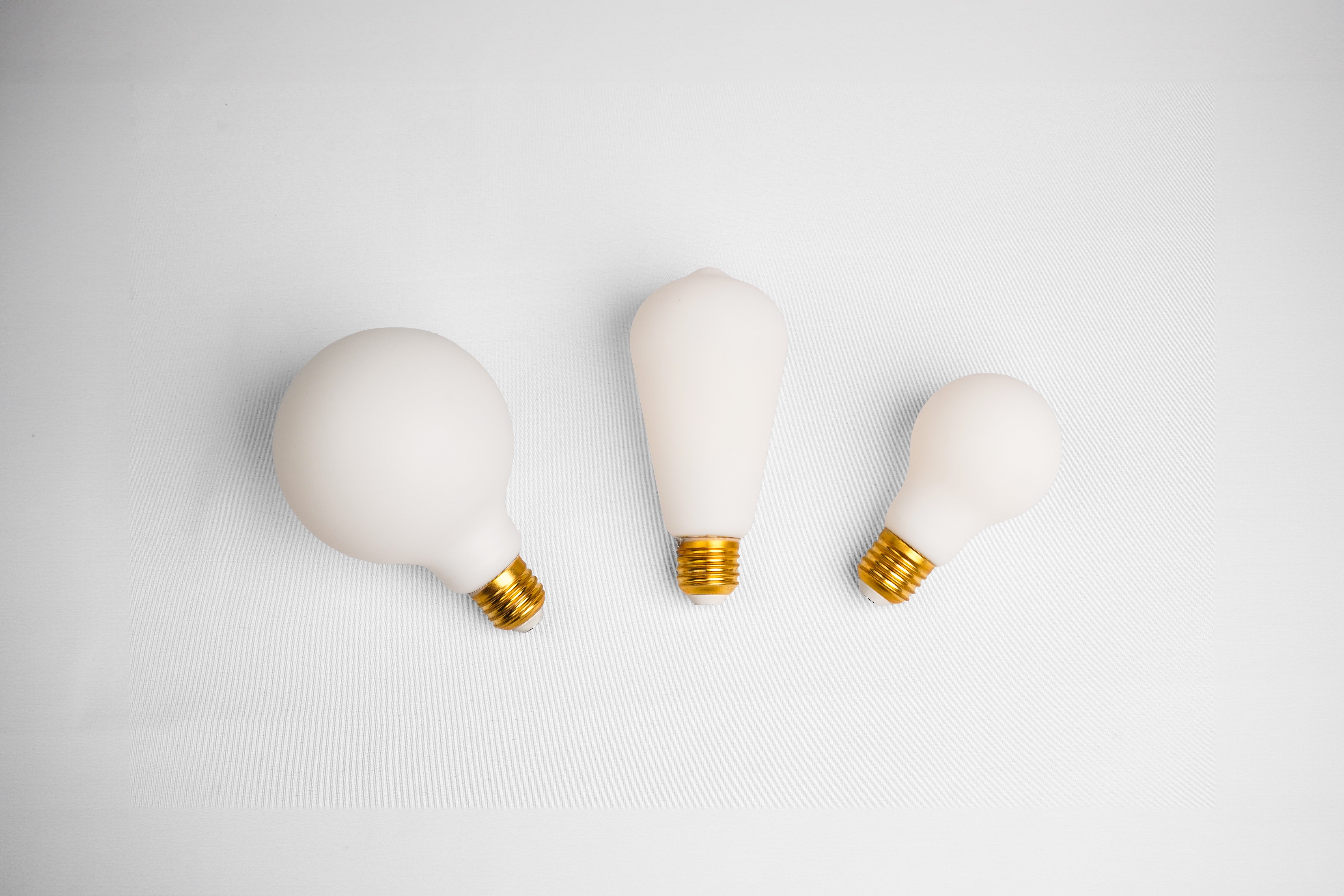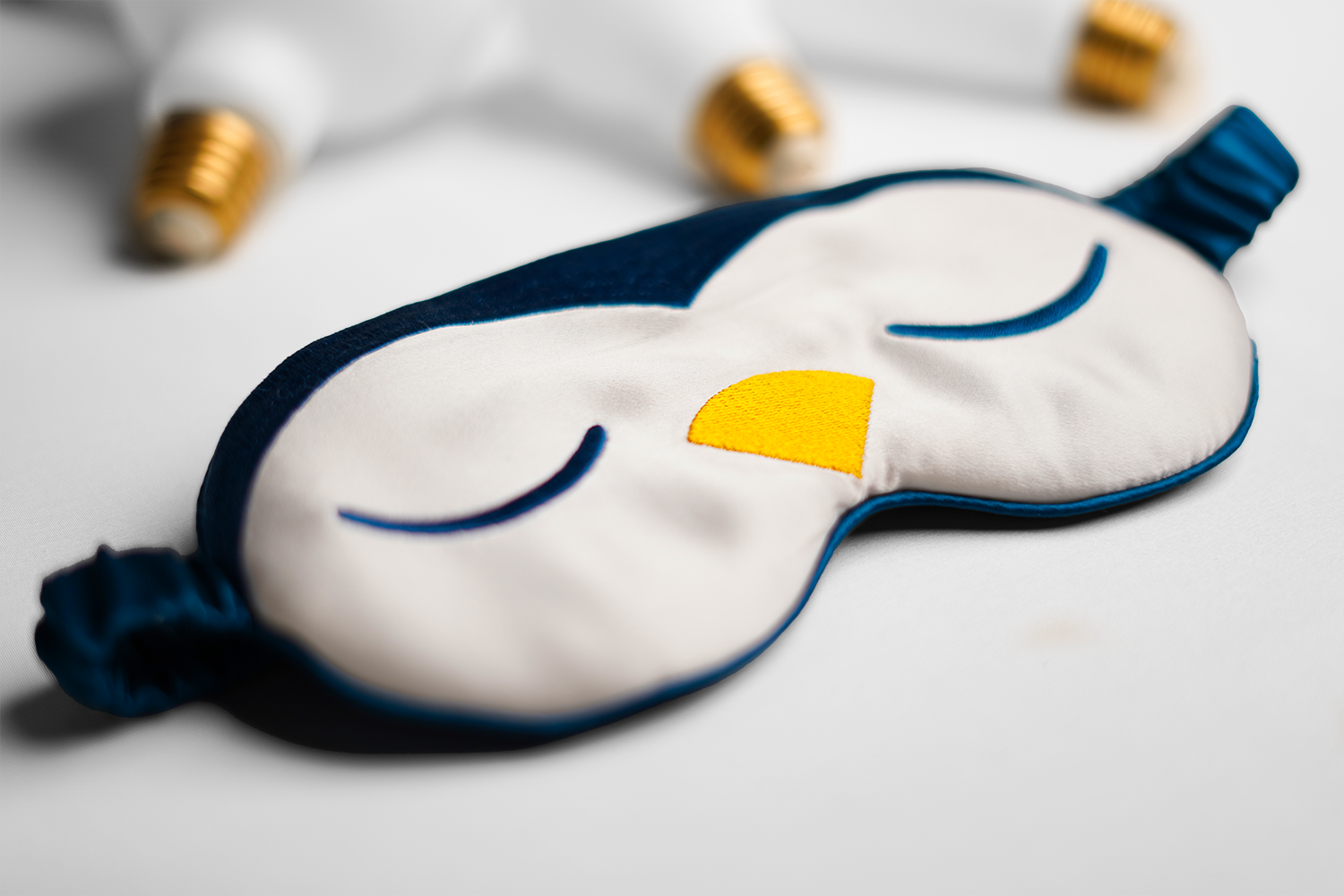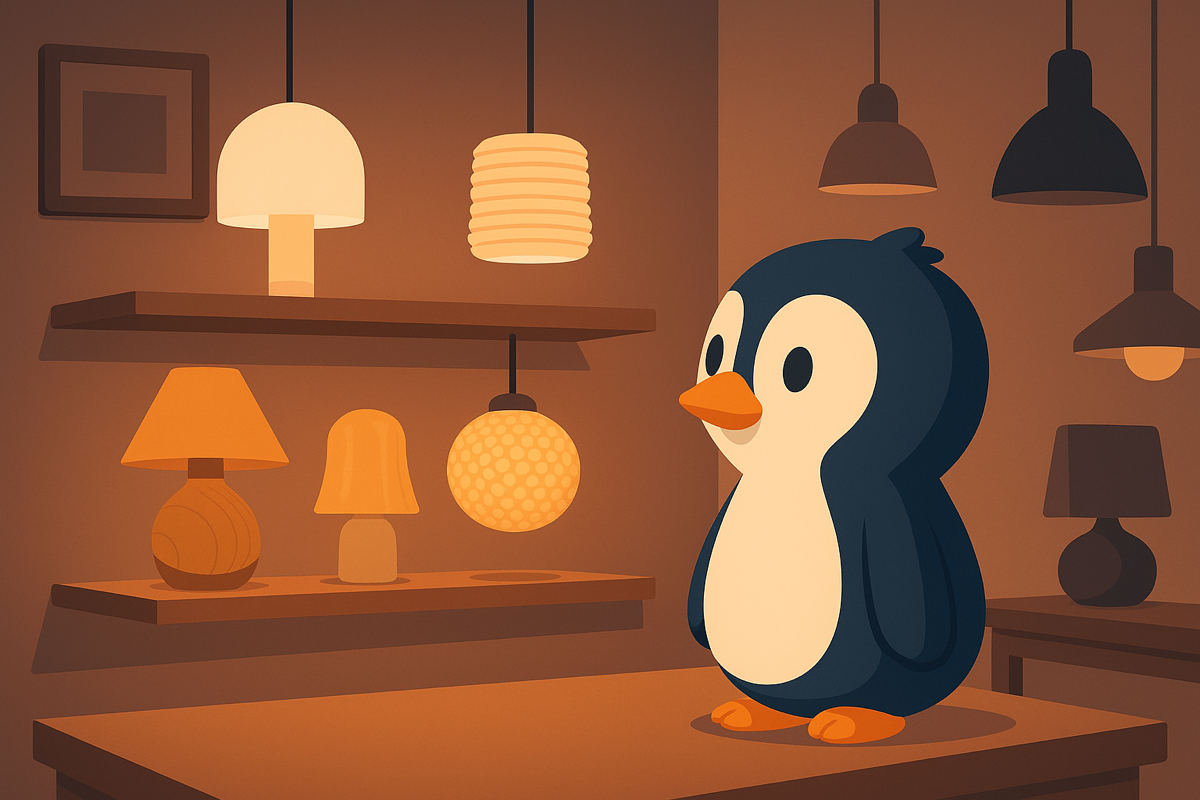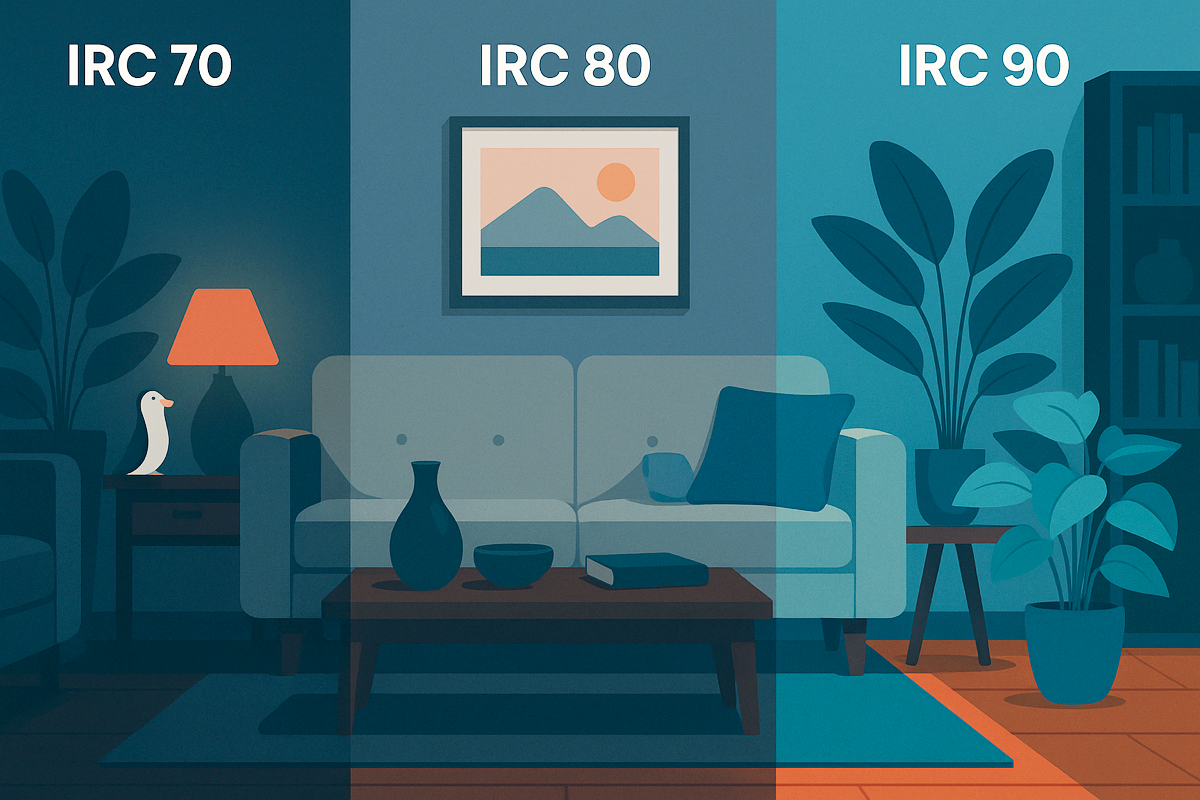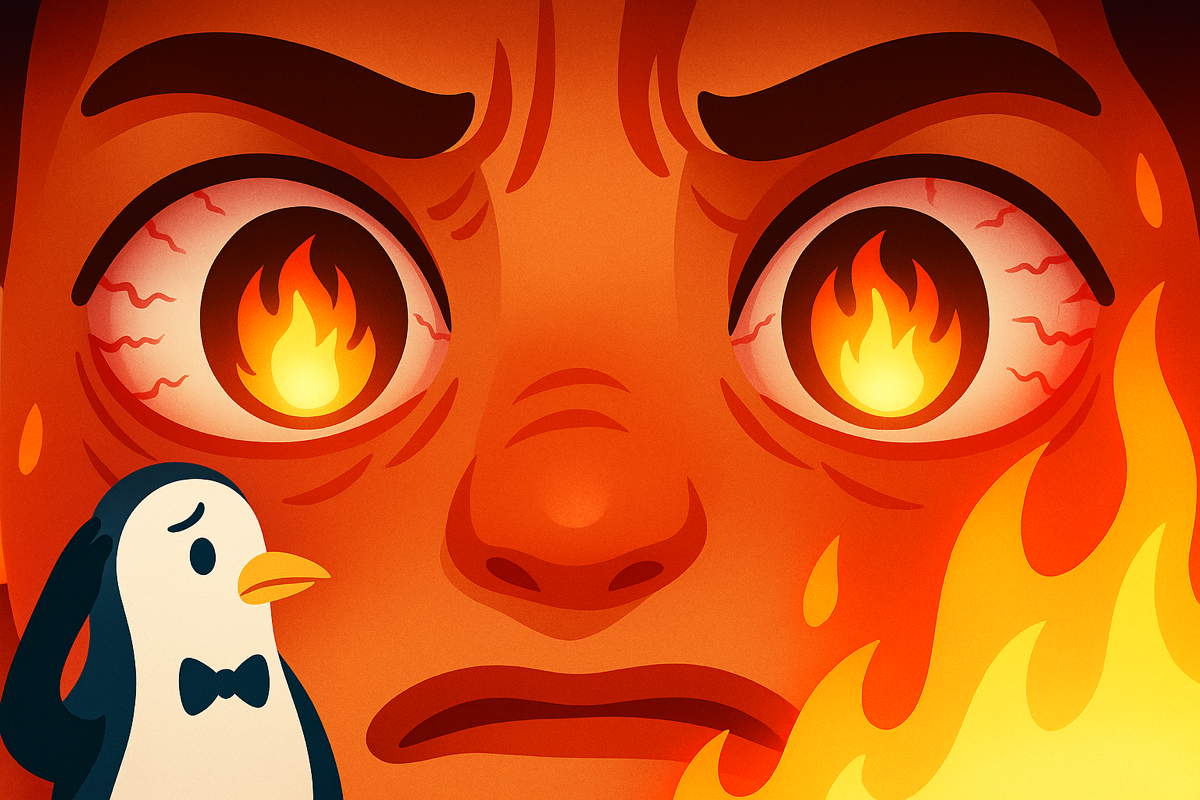Reading time: 7 min.
In short:
Our eyes are constantly overworked. Between screens, artificial lighting, and a lack of natural light, visual fatigue sets in. Here's how to recognize it, avoid it... and regain true comfort in your daily life.
📌 Summary
Recognize the signs of fatigue
Itchy eyes, blurred vision, heavy eyelids… These are often the first signs to appear.
They occur at the end of the day or after spending a long time in front of a screen. Light plays a key role in this tension.
The most common causes
Prolonged exposure to screens is one of the primary factors. But that's not all.
Lighting that is too cold, poorly directed, or too intense increases visual effort. Conversely, light that is too dim is just as tiring.
What role does light play?
Poorly adapted lighting forces the eyes to compensate. The result: contraction, fatigue, and decreased attention.
You need both directional, warm, soft light in the evening and cooler, stronger light in the morning to naturally stimulate.
How to relieve your eyes?
Good light preserves your visual health. To do this:
- Prefer natural light during the day
- Adopt adaptive bulbs in the evening
Laqi bulbs follow your biological rhythm to ensure comfort, concentration and relaxation at the right time.
💡 Discover the Laqi Starter Kits
📦 See the complete product unboxing
💬 FAQ
Does blue light tire the eyes?
Yes, especially if it is intense or poorly diffused. It puts a lot of strain on the photoreceptors.
Should we avoid screens completely in the evening?
Not necessarily. But you need to adjust the brightness and avoid overly dark environments.
Are children more sensitive?
Yes, their eyes are still developing. They absorb more blue light than adults.
Better lighting means better seeing.
Protect your eyes every day. Light is an ally—as long as it's chosen wisely.

